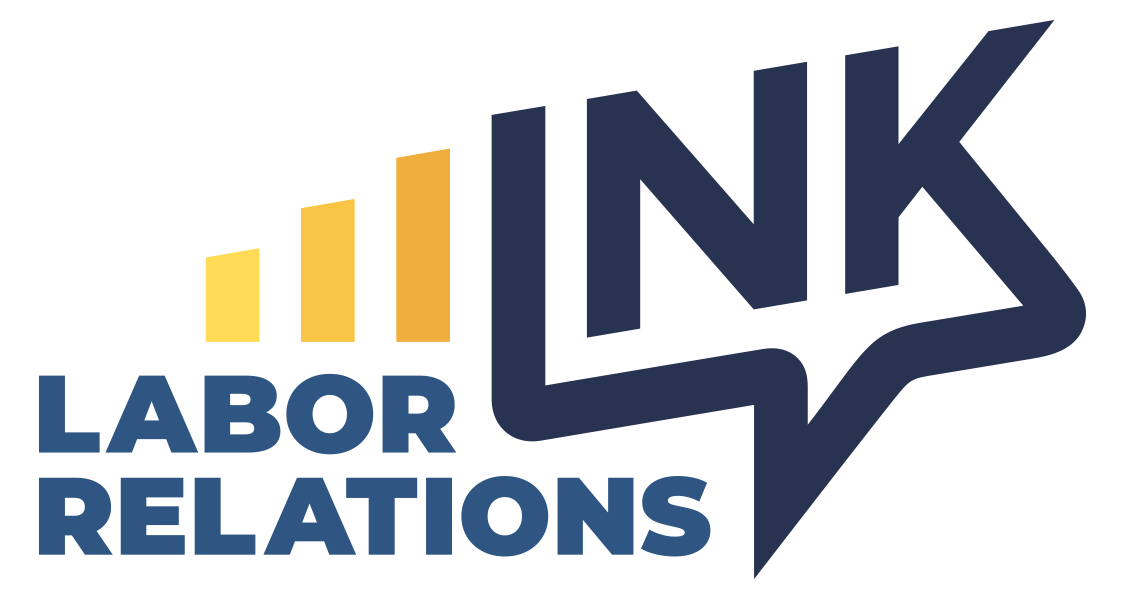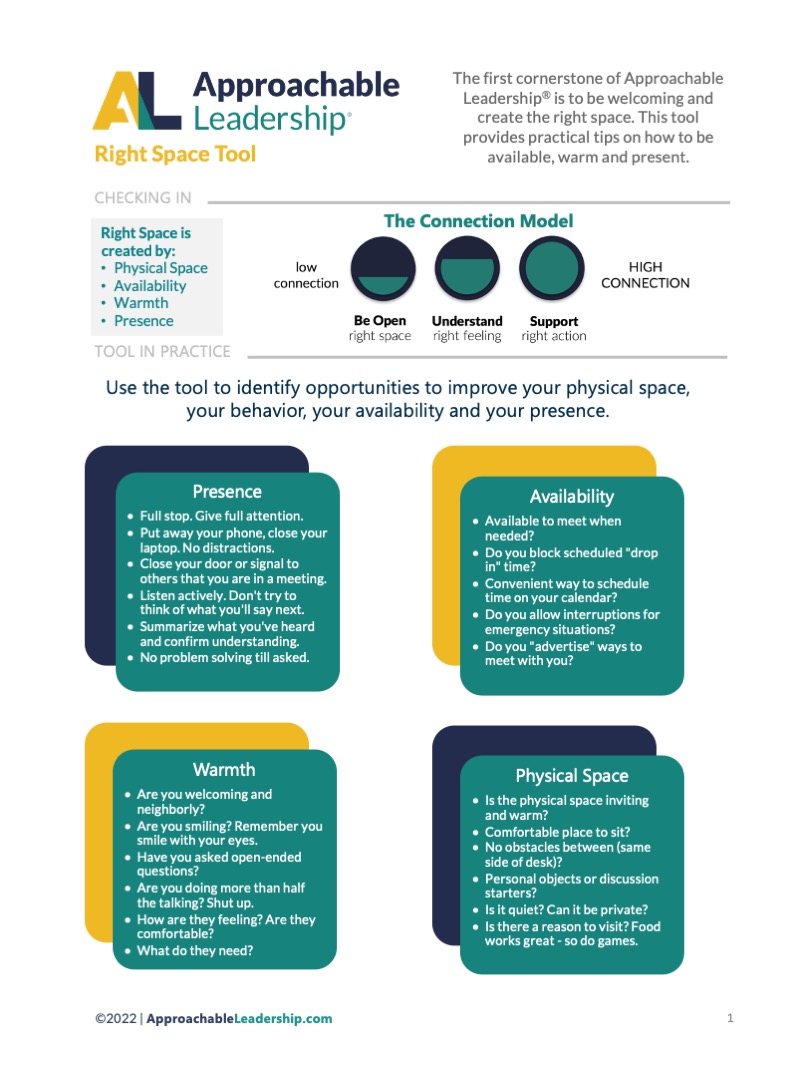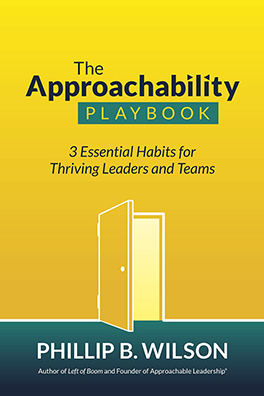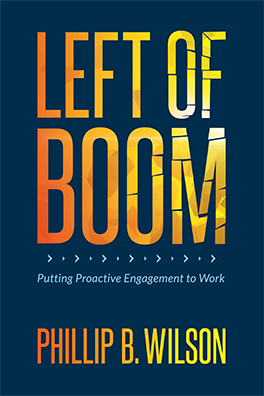This is a great interview with Chris Argyris, a very influential thinker on organization development from Harvard, on managing the underground organization. I’m sure most people who’ve worked in organizations of any size recognize the underground organization – it is the informal and often unspoken (or at least spoken behind closed doors or softly around the coffee machine) network that defines the way challenges to the current thinking are handled. Behaviors of the underground organization are driven by what Argyris call the “defensive mindset” (blaming others for problems, silencing opinion that does not agree with the conventional wisdom of the organization, covering up mistakes or problems). This organization goes “underground” because those who perpetuate it believe that their actions, unethical and sometimes illegal, are necessary for the survival of the organization. Argyris cites Enron and Arthur Anderson as key examples of companies that imploded due to the fact that their underground organizations blinded the firm. Argyris suggests that organizations must adopt a “productive mindset” or one that encourages dissent, questions core assumptions about business problems and challenges the logic of decisions in a systematic and rigorous way. This can only happen if an organization adopts “double-loop” learning – not only asking what decision should we make in this case, but also asking why did we make this decision this way, or more important, why do we have an underground organization – what behaviors do we engage in or tolerate that cause it to go underground? I think Argyris’ suggestions are very important, although not as practical as I like. Here are some suggestions to adopting double loop learning in your day-to-day conversations (these conversations are, after all, what defines any organization). An excellent place to start is Edward DeBono’s Six Thinking Hats, which encourages you to approach problems from different perspectives. Try these three tips: 1. Always have a “devil’s advocate” for your discussions (DeBono’s “careful and cautious” black hat – sometimes too the “neutral and objective” white hat) – rotate the role and reward and acknowledge those who do the best. 2. Conclude your meetings with a “ten-thousand foot” review what you accomplished and how you might improve. Ask, “what could we have done better to improve the quality of our discussion or our decision?” Do it every time. 3. Stop asking “how” questions (i.e. how much will it cost, how much time will it take, how many people have done this before) and start asking “what” questions (i.e. what am I willing to commit to this endeavor, what am I contributing to this problem, what do we want to create together) (hat tip – no, more than a hat tip – request that you buy, read and use Peter Block’s books). Focusing on how to get things done creates defensiveness. Focusing on why we are doing these things in the first place is much more constructive, productive and ultimately leads to full engagement as opposed to backstabbing, undermining and counterproductive defensive behaviors. Ah, yes, I hear the critics in the defensive organization now. “But when to we get things done? Who has time to sit around the table examining how we think and respond to problems? What I want to create together is my foot on your behind…” These techniques are not just to make people feel good – they are critical to engagement. Enormous amounts of time and energy are wasted each year (billions, perhaps trillions of dollars worth of productivity) on the office politics, lost opportunities and out and out fraud that is perpetrated to keep the defensive organization alive and well. Asking these questions can be hard – answering them may be even harder at times. But they surface the underground organization and defensive behaviors that have destroyed some pretty “untouchable” organizations. These are critical behaviors for any successful manager or organization.
Supervisor’s Tip of the week – the “underground organization”
by Phillip Wilson | Nov 8, 2004 | News
INK Newsletter
You have Successfully Subscribed!
Labor Relations Insight
- Phil Wilson Breaks Down Real Leadership on The Lead Up Podcast
- Human Capital Leadership Podcast: Wilson on Leadership Red Flags
- Welcome To More Labor Limbo From A Dismantled Federal Mediation and Conciliation Service
- When Dress Codes Become a Union Issue: Turns Out Pants Are Political
- Boycotts, Investigations, And Rebranding: How Companies Are Feeling A DEI Catch-22






